Gir National Park- the only natural habitat of Asiatic lions
We were travelling from Somnath to Gir National park. It was quite a contrasting landscape, a temple by the ocean and a dense forest. Our resort was inside a mango orchard, and though it was not a mango season, the sheer greenery compounded with the music of chirping birds was a different kind of an experience
Next morning we drove to the Gir national park for the Jungle safari. I was travelling with my parents who have grown up near a forest and can’t be called as wildlife enthusiast. They were the reluctant travellers I guess, who had no say in the vacation plan, at least to this part of the plan. However, the initial experience within the resort itself made them quite happy. Gir forest has a lot of stories from the history and about the Maldhari tribes. They were in fact looking forward to this .
Gir the forest
Gir National park is spread across 258 square kilometres, though the total Gir forest is almost 1400 square kilometres. It is the only natural habitat of Asiatic lions. During the rule of Nawabs, Gir forest used to be the hunting reserve of the kings (nawabs) of Junagadh. This increased during the British rule. It is believed that the lion population declined drastically during the famine and Lord Curzon had to cancel his hunting expedition. Later, the Indian government banned the hunting of lions and took concrete measures to increase their population
The Maldhari tribes of Gir
One can’t talk about Gir national park, without mentioning about the co habitants-the Maldhari tribes. They have been living in the forest for years now, by having a symbiotic relationship with the Lion King. This semi nomadic tribe now rears cattle, goat, buffalo and sheep and they return to their villages during monsoon. The Maldharis believe that lions only attack humans in retaliation and hence it is a policy of “let’s be nice to each other between the lions and the tribesmen”.
Diversity of Gir National Park
Gir has grasslands, rocky hills, forested valleys, small hilltops and rivers. While Gir is known for Asiatic lions, the most seen animal in the park is the Indian spotted deer (Chital) , followed by Sambar and hour horned antelope. While the former can be sighted in the forest, the others are seen close to the water bodies. There are more than 300 leopards , but it is not easy to spot them because of their nocturnal nature. The striped hyena is also spotted easily either by the waterbody or inside the forest.
For those who have an eye for smaller things, pangolins, hedgehogs, honey badger, and hare adds colour to the Safari. Gir is also home to 200 plus species of birds and it is a year round destination for birding. From serpent eagle to vulture to flycatcher soaring in the sky to storks and pelicans by the lake , these birds add a lot of colour to the jungle.
You can also see the crocodiles in the water reservoir. Then there are cobras, vipers and crates for company, who look good from a distance. Don’t forget to check out the turtles and monitor lizard.
Royal feasting and lounging
As per our guide, once a lion hunts a prey, it fills itself upto the brim, almost like pantry loading done by consumers during discount sale. And it doesn’t worry about eating for the next couple of days, unlike us human who eat thrice a day in fixed quantity. And it is not uncommon to find a lion lounging around lazily, while the herds of deer are quietly grazing. Not a greedy king ! Lions usually move around or lounge in groups and hence the it is easy to spot a lion in Gir forest.
Enhance your knowledge about the forest
In case you want to know more about the national park and the Maldhari tribes, don’t forget to watch the documentary film by MP tourism in the evening. They have different slots by language and the film is very engaging. It even got a thumbs up from my not so wildlife enthusiast parents.
Other things to do in Gir apart from Safari
Visit Kamaleshwar Dam:
It is built on the buck river and is a rearing place for crocodiles. One can also sight a lot of birds by this water body.
Explore Zamzeer Waterfalls:
It is around 24kilometres away from the Gir National Park and is a great option to just relax after an action packed Jungle safari.
How to reach Gir ?
You can fly to the nearest airport in Rajkot which is around 160 kilometres away from the Gir National Park. Diu airport is also close by, but it has very limited connectivity compared to Rajkot . You can also take a train to Junagadh railway station from other key cities and take a bus or cab to Gir. You can also take a bus or car from Ahmedabad .
Best time to visit Gir
November to March is the best time to visit Gir National Park. Though April and May are summer months , they are considered as the best time for sighting and photography. The park is closed from 16th June to 15th October due to monsoons.
For more such wildlife experiences, please read about some of the wildlife experiences in India
In case you are keen on traveling to Gir national park , you could take a look at the Gujarat itinerary and cover the Gir national park as a part of this itinerary.
In case you are a nature lover, check out the natural wonders of India.
India is not just about wildlife. There are many more facets to this ancient land – culture, mystery, history, nature, wildlife and so on. Read more about how the different facets of India travel are celebrated

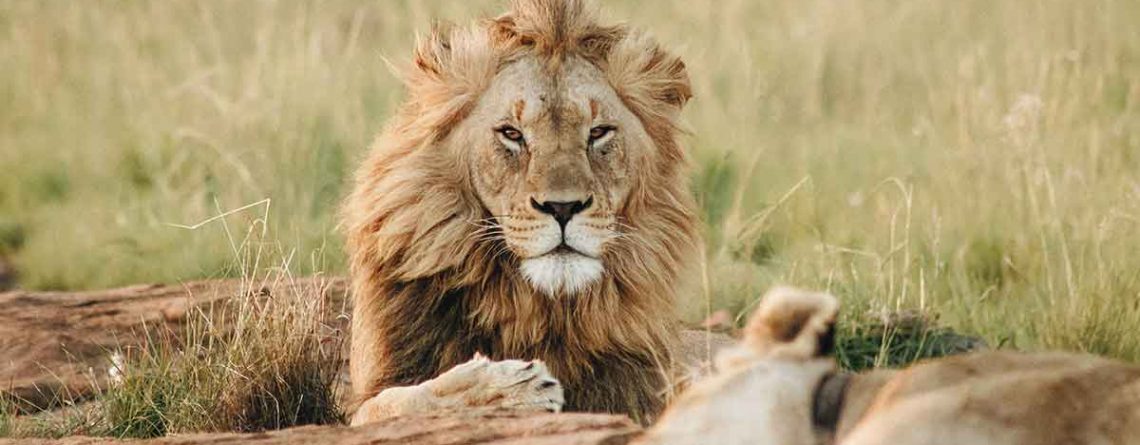
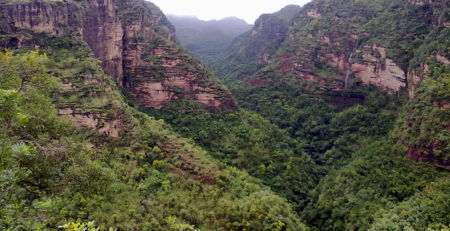
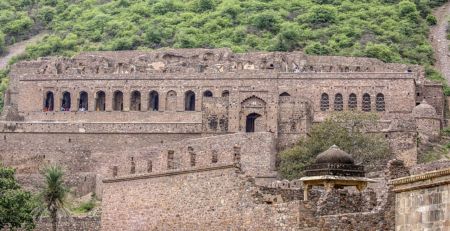

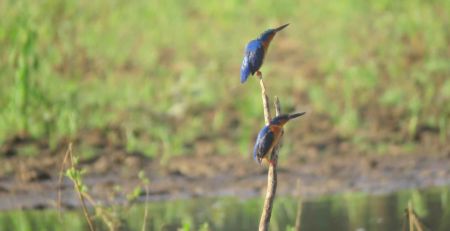


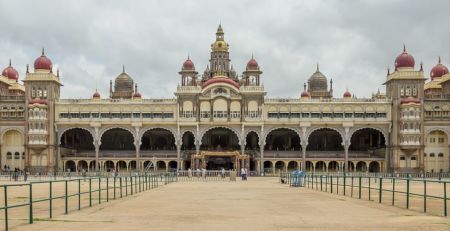


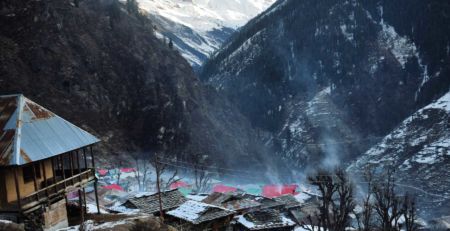
Leave a Reply